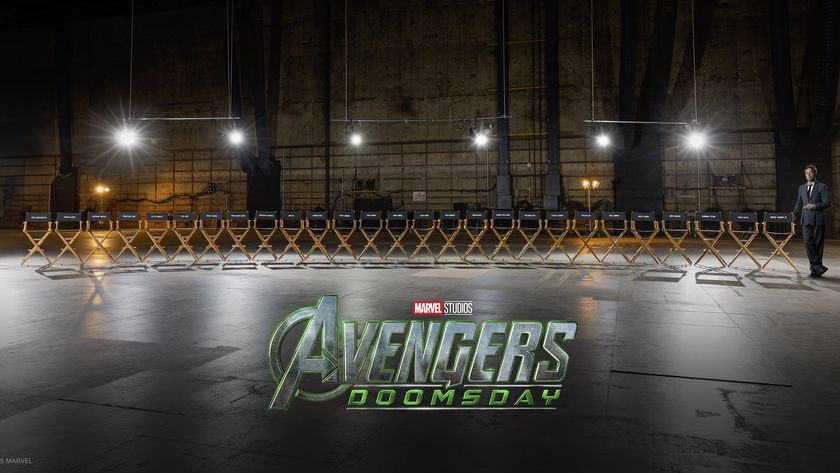As with DVB-T, DVB-T2 uses OFDM, but allows for more carriers (the individual information streams) and higher-capacity modulation constellations. It also introduces improved error protection in the form of low-density parity check (LDPC) and BCH coding.
T2 had been expected to achieve a 30 per cent improvement over DVB-T, but the demo had a 36Mbit/s multiplex at 256QAM – 50 per cent more than a 64QAM mux in the same bandwidth. The partners – BBC Research & Innovation, Arqiva, Pace and NXP – told Wotsat at the IBC2008 technology show that they think the final result could be even better.
The prototype set-top box from NXP and Pace may have looked more like Blake 7's Orac than something you'd stick under your TV, but they were confident there will be receivers – probably PVRs – in production by mid-2009, ready for the Winter Hill switch.
Fortunately, the compression side of Freeview HD needs little work. The 2008 trials used MPEG-4, which is now well-established as the standard compression format for high definition. BBC HD on Freesat broadcasts at 18Mbit/s, but the IBC demo had three HD channels at 11Mbit/s that looked flawless on large monitors (even after seeing Ultra HD).
MPEG-4 is moving on fast, and engineers talk confidently of acceptable HD images going under 10Mbit in the next few years. Ofcom wants to add a fourth HD channel for Five HD by 2012, and it looks very possible.
New box, or not new box?
All of the HD launches so far have needed a new receiver, and Freeview will be no different – but IDTV owners might get a reprieve.
Get daily insight, inspiration and deals in your inbox
Sign up for breaking news, reviews, opinion, top tech deals, and more.
Most IDTVs these days are HD Ready and, thanks to European standards, they all carry a common interface slot. A few Freeview PVRs also have one of these, and an HDMI output, but the EC didn't insist on it.
The CI is typically used to add a conditional access module for pay-TV, but French firm Neotion has already produced a CI module that enables a receiver or IDTV to decode MPEG-4 in SD or HD (the HD unit demo'd at IBC 2008). Experts at this year's Digital TV Group Summit floated the idea of a similar module for adding DVB-T2, but so far it's just an engineer's dream.
At least you won't need a new aerial; the DVB-T2 signal will be just as powerful and even more robust than standard Freeview.
Unfortunately, Ofcom's current plans mean there will only be one multiplex using DVB-T2 for the foreseeable future. It could be used to double the number of channels on Freeview, but that will take a government with its eye on more than the next election.
-------------------------------------------------------------------------------------------------------
First published in What Satellite, Issue 270
Now read The complete guide to Freesat













